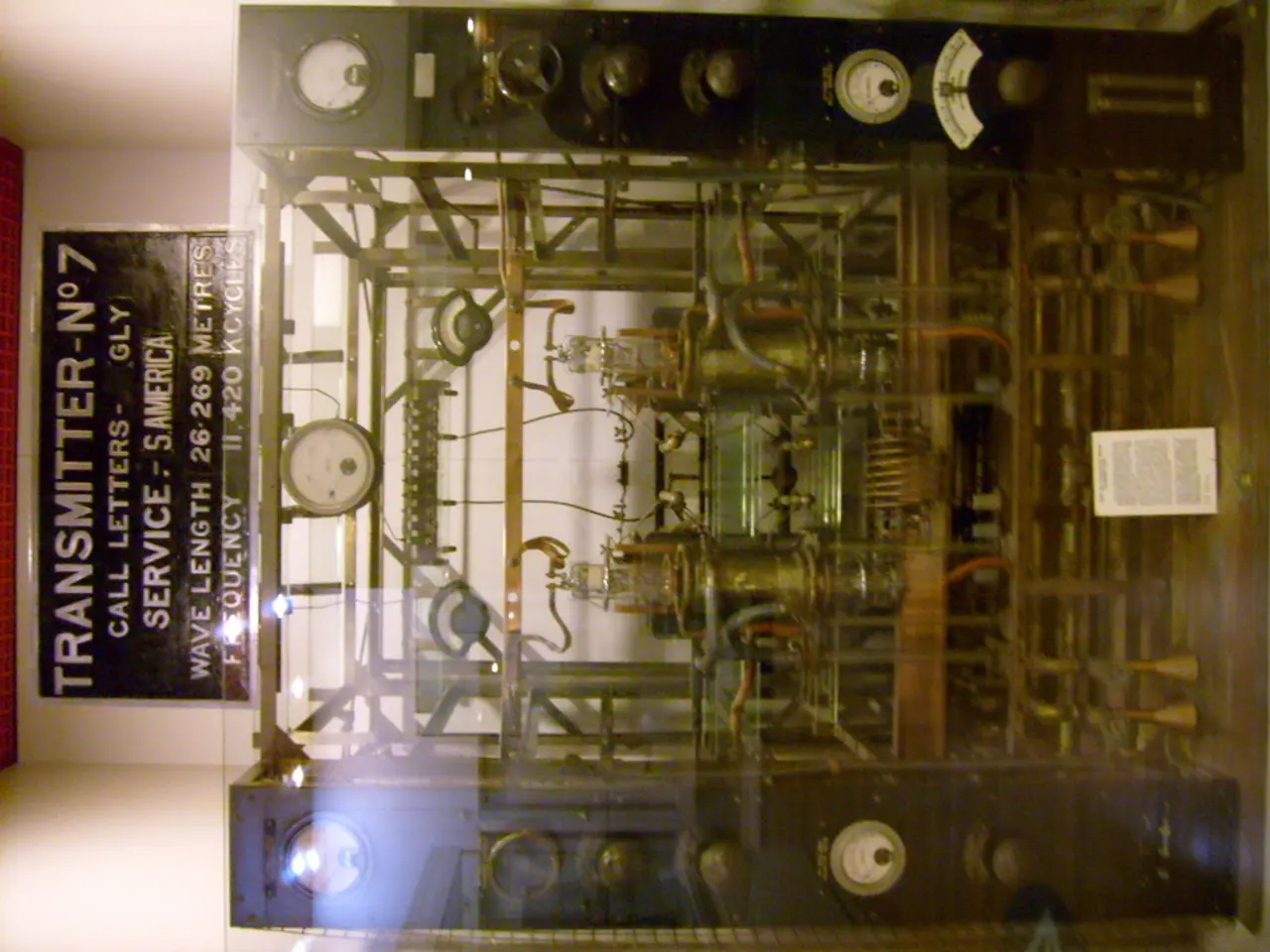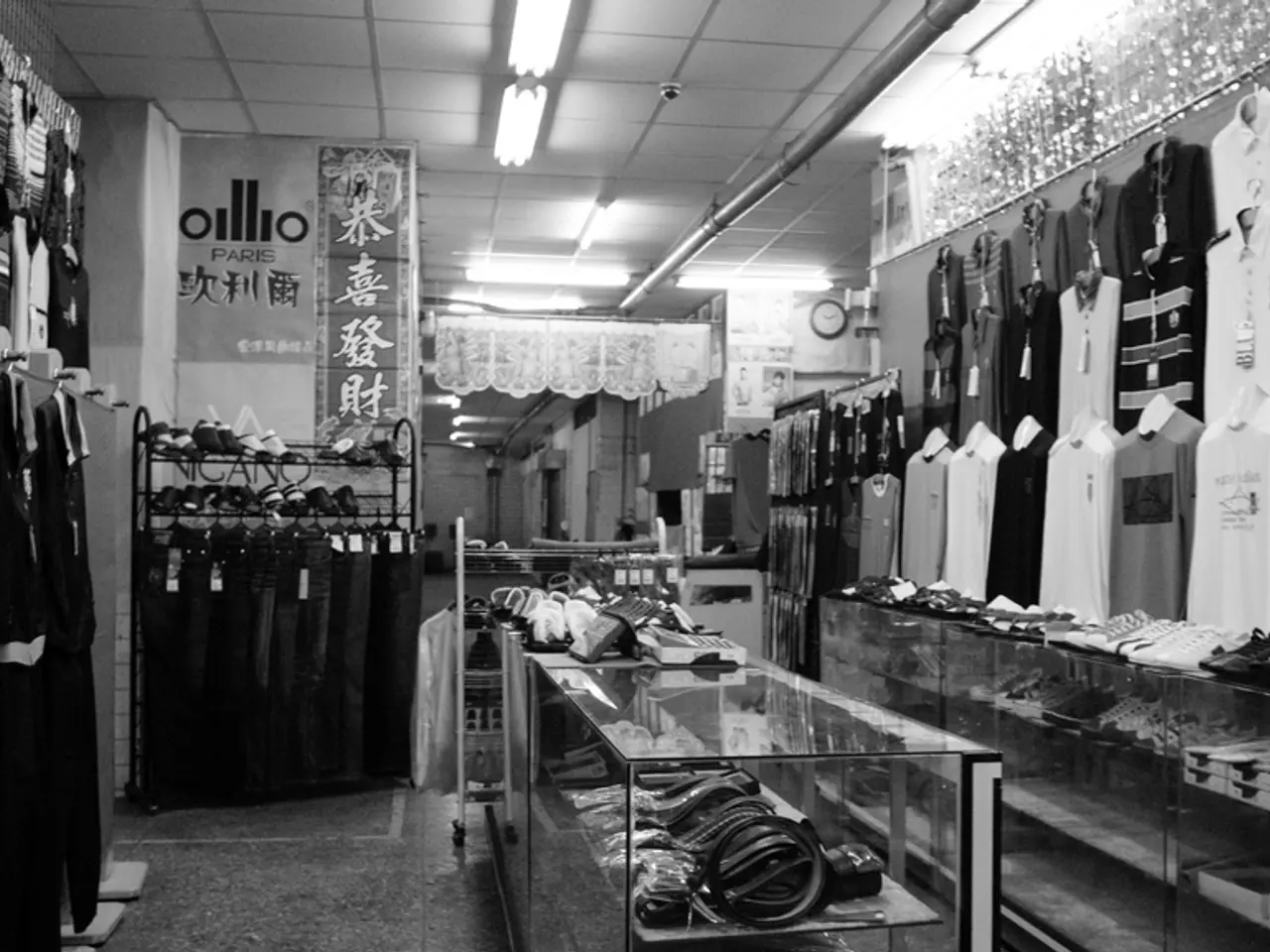Regional Metric Standards Adopted
In the heart of Europe several centuries ago, each town boasted its unique measurement standards for length, mass, and volume. This intricate patchwork of local units posed a significant challenge for inter-town trade, as merchants grappled with a multitude of diverse measures when exchanging goods.
One of the most striking examples of this can be found in Dubrovnik, Croatia, where the standard of length was based on the length of Orlando's Column's forearm. However, this localised system was just one piece of a complex puzzle that spanned the continent. In fact, Europe was home to approximately 27,000 different standards for volume alone.
The difficulties in standardising these measurements were manifold. Localised systems and guild control, the lack of agreement on standard units, the coexistence of multiple measurement systems, political and economic fragmentation, and technological and transport limits all contributed to the confusion and inefficiency that plagued trade during this period.
Many towns and guilds regulated and standardised measurements within their own jurisdiction, but these standards varied from place to place. Guilds were responsible for product standardisation locally, creating multiple, non-uniform measurement standards that were difficult to reconcile for inter-town commerce.
Efforts to create a universal measurement standard faced technical and political challenges. For example, in the late 18th century, proposals for a uniform unit like the meter were rejected by Britain and the United States due to disagreements over defining standards based on latitude variations affecting things like pendulum length or water density. Each country or region wanted the standard defined by latitude passing through its own territory.
Various systems such as avoirdupois, troy, and local customary measures coexisted, often used for different commodities. Even when governments tried to redefine units scientifically, the ratios to metric units differed regionally, perpetuating subtle inconsistencies across borders.
Europe was politically fragmented with many kingdoms, duchies, and city-states, each with economic independence to enforce its own units. This slowed or prevented the adoption of unified measurement systems needed for efficient trade. Before the Industrial Revolution fully scaled, transport infrastructure improvements like canals and railroads were still developing, making spreading a common standard more difficult.
Orlando, the knight, is a legendary figure in Dubrovnik, although the legend of him saving the town from a 9th-century siege is likely not true. Nevertheless, Orlando's Column in Dubrovnik remains a significant historical landmark, symbolising the town's rich history and unique identity.
Traders in Dubrovnik compared their lengths of fabric to the length of Orlando's Column, highlighting the practicality of these local standards for everyday transactions within a town. However, this town-specific measurement language made trading between towns more difficult due to the lack of standardization.
Similar stories can be found in other towns across Europe, where symbols of liberty like Orlando were used to represent local pride and identity. In Trafalgar Square in London, there is a plaque on the north wall with imperial units, including the foot, 2 feet, and the yard, reminding us of the historical use of these units.
The plaques in Trafalgar Square were installed in 1876, marking larger distances such as 66 feet (a chain) and 100 feet on the ground. These physical structures, such as Orlando's Column and the statue of Orlando in Bremen, Germany, with specific marks, served as tangible reminders of local units of measurement.
The Dubrovnik ell, a historical unit of length in Dubrovnik, is equivalent to 51.2 cm, while the Bremen ell, a historical unit of length in Germany, is equivalent to 55.9 cm. Despite their historical significance, these units were ultimately overshadowed by the spread of the metric system in the 19th century, largely driven by France's unilateral adoption and trade influence.
The challenges faced in standardising measurements in Europe during the late 18th and early 19th centuries serve as a fascinating reminder of the complexities of trade and commerce in a pre-industrialised world. The gradual adoption of metric units and improved communication and transportation systems eventually facilitated the unification of standards, paving the way for the efficient trade we know today.
Science and education-and-self-development are vital in understanding the historical complexities that arose from the lack of standardized measurements in Europe. For instance, studying the intricate web of local units for length, mass, and volume could provide insights into the societal and economic structures of the time, as well as showcase the importance of scientific thinking and collaboration in overcoming challenges like this (science). Furthermore, examining the evolution of measurement systems in Europe, from individual town standards to the eventual adoption of the metric system, offers valuable lessons about the processes of change and progress, particularly in education-and-self-development perspectives (education-and-self-development).




